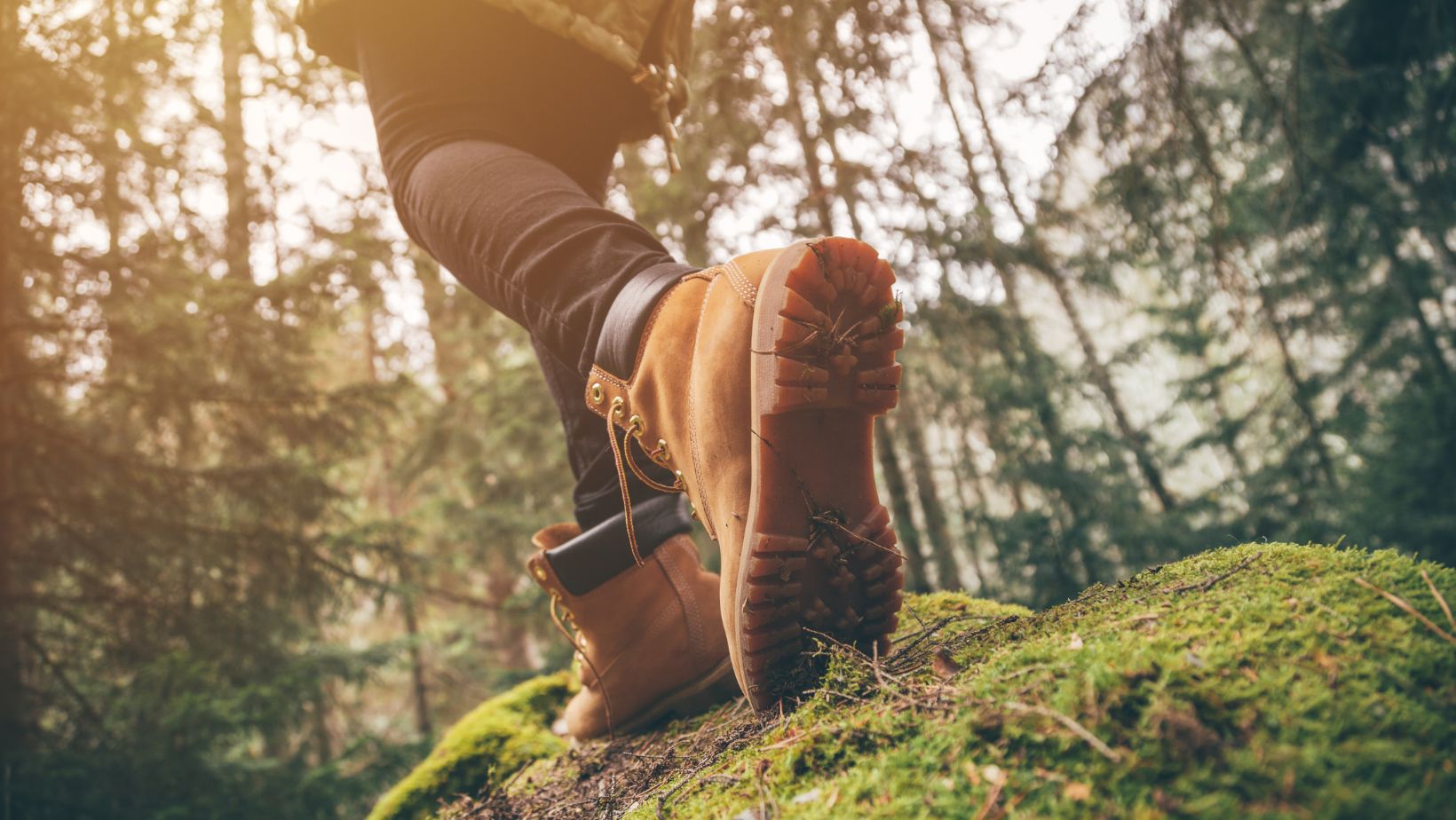Outdoor Gear Storage
Mastering the basics of outdoor equipment storage aids in establishing a maintenance routine, resulting in longer lifespan for the gear, and a more pleasurable experience during the next outdoor activity.
An organized outdoor gear storage offers myriad benefits.
- Efficiency: Expedited gear finding process, allowing for quick set off for outdoor activities. If gear such as a helmet or a pair of hiking boots is easily accessible, one can seize the chance of a sunny day and head out for a bike ride or hike.
- Lifespan: Proper gear placement can deter wear and tear. For instance, a tent folded and stashed in a dry place will make it last longer than if it were stuffed in a damp corner.

- Safety: Improved gear maintenance leads to safer usage. A climbing harness hung up and inspected regularly for wear and tear ensures it’s in good condition before the climb.
Choosing an appropriate storage solution requires careful deliberation and a variety of factors come into play.
- Space available: The available space dictates the storage type; smaller spaces might need wall-mounted racks, while larger areas can accommodate free-standing shelving units.
- Type of gear: Different gears necessitate varied storage systems. Mountain bikes, for example, may require wall hooks, whilst camping equipment might be better served by plastic bins.
- Accessibility: Regularly used gears should be easily reachable. Put commonly used items such as hiking boots and helmets on open shelves or hooks.
- Durability: Select robust solutions to guard against damage. Metal shelving units or durable plastic storage containers resist the effects of damp and dirt better than cardboard boxes.
Types of Outdoor Gear Storage Ideas
Storage comes in numerous forms. Driven by the specifics of the gear in question, outdoor equipment functions optimally in certain designated arrangements. Three prevalent types find favor among outdoor enthusiasts–Wall-Mounted, Ceiling-Mounted, and Free-Standing Storage Solutions.
Ideal for long, narrow items like skis or fishing rods, wall-mounted storage solutions have become increasingly popular in outdoor gear storage. They are both a space-saving and visually appealing solution. Storing equipment off the ground reduces the risk of accidental damage and also allows for easier gear inventory. Wall-mounted hooks, pegboards, and specially designed gear tracks characterize this storage type. For instance, one could hang their mountain bike on a sturdy hook or their kayak on a wall cradle.
Ceiling-mounted solutions often address bulky pieces of equipment that can’t be efficiently stored on walls or floors. Larger objects like canoes, bike carriers, or roof boxes fit best with these storage methods. They utilize the dead space between the ceiling and the top shelf, making the storage room appear less cluttered. Common examples include pulley systems and heavy-duty storage racks. A seasoned adventurer might suspend their canoe from ceiling-mounted hoists, keeping it out of the way yet easy to access when needed.
DIY Outdoor Gear Storage Ideas
Providing fresh ideas to simplify life’s necessities, DIY outdoor gear storage challenges conventional methods. It capitalizes on creativity, helping you put together personalized solutions that best suit your space and gear requirements. Now, let’s explore some classic examples, including ways to repurpose old furniture and tips to craft your personalized outdoor gear closet.
Old furniture holds untapped potential to transform into efficient gear storage. For example, an outdated freestanding wardrobe, taller than it is wide, tends to fit skis or fishing rods perfectly. Its shelving and drawers provide ideal compartments for smaller items such as hiking boots, camping stove, or binoculars. Likewise, an aged chest of drawers can effortlessly store compact gear such as climbing harnesses, headlamps, or multi-tools. By repurposing old furniture, you’re not only creating a practical storage solution but also making a sustainable choice that contributes to reducing environmental waste.
Crafting an entire outdoor gear closet might sound daunting, but it’s simpler than you think. Select a convenient closet space, preferably near your home’s exit point for easy access before any outdoor adventure. Next, incorporate hanging rods to store gear that requires air drying, like wetsuits or rain jackets. Add adjustable shelving to cater to different gear dimensions and ensure that no space goes to waste. You can mark these shelves based on gear category, height, or frequency of use. For a refined finish, try installing transparent box storage for smaller items and a lockable section for valuable electronics.

